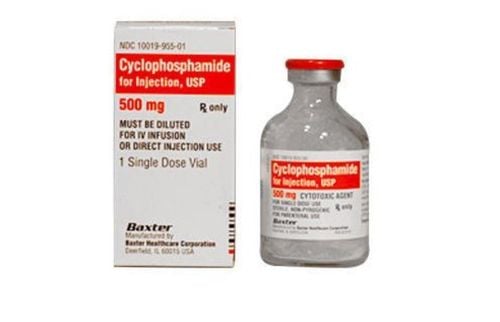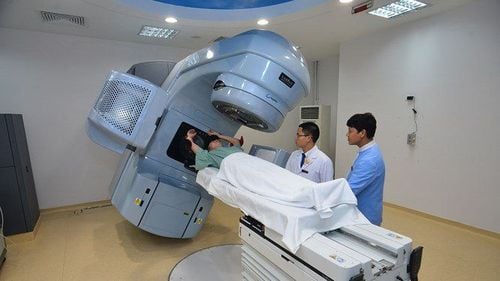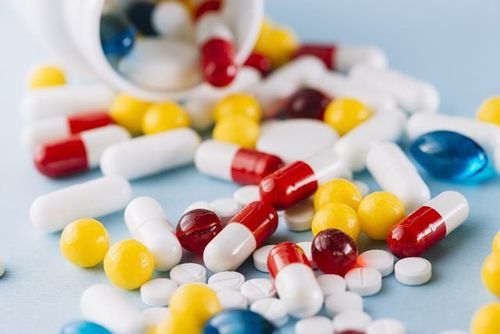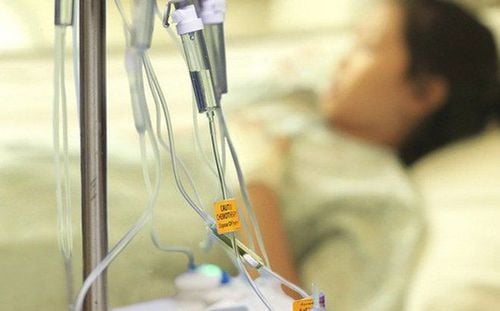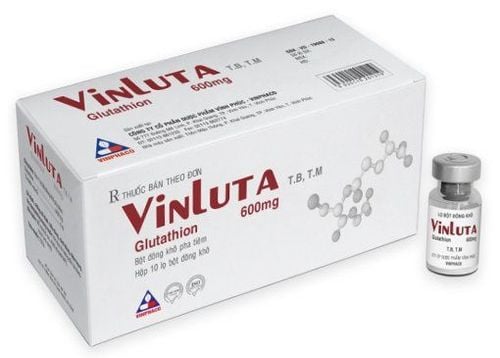This is an automatically translated article.
The article was written by doctors from Internal Oncology Department, Center for Oncology - Radiation Therapy, Vinmec Times City International General Hospital.Chemotherapy is one of the main weapons to treat cancer along with surgery, radiotherapy, endocrine, immunological, biological... Indication of chemotherapy depends on the type of cancer pathology, stage disease stage, treatment purpose... Below are some basic contents for readers to get more information about chemotherapy in cancer treatment.
1. Purpose of chemotherapy
To treat cancer Slow tumor growth Reduce tumor size to facilitate surgery or radiation therapy. Alleviate symptoms (such as pain) Microscopic killing of cells after the tumor is surgically removed (also known as adjuvant therapy), this adjuvant treatment can help prevent recurrence broadcast.
2. Terminology used in chemotherapy
Adjuvant chemotherapy: Chemotherapy aims to kill any remaining cells in the body after the tumor has been surgically removed, helping to prevent the disease from recurring.
Neo-adjuvant chemotherapy: used before surgery to reduce tumor size, patients avoid a too extensive surgical resection.
Invasive chemotherapy: mainly used in the treatment regimens of acute blood cancer, for the aggressive treatment stage.
Consolidation chemotherapy: once previously attacking chemotherapy has achieved remission of the disease, consolidation chemotherapy aims to keep that achievement.
Maintenance chemotherapy: often used at lower doses to prolong remission.
Symptomatic chemotherapy: are the regimens for patients with terminal cancer
Trắc nghiệm: Bạn biết gì về các yếu tố nguy cơ, chẩn đoán và điều trị ung thư tuyến tụy?
Ung thư tuyến tụy phổ biến thứ 10 trong những bệnh ung thư mới và là nguyên nhân thứ 4 gây tử vong do ung thư ở nam, nữ. Bài trắc nghiệm này sẽ kiểm tra kiến thức của bạn về các yếu tố nguy cơ, chẩn đoán và cách điều trị ung thư tuyến tụy.
Bài viết tham khảo nguồn: medicalnewstoday 2019
3. Chemical routes
3.1. Oral medications These are drugs that can be absorbed from the stomach or under the tongue. They are protected by a membrane that is then broken down by digestive juices in the stomach. There are some medications that are coated with a special material that helps to release the drug slowly, in order to achieve a lasting effect, allowing the gap between two doses to be far apart. Antiemetics are often used in this way and thus avoid loss of medication when the patient vomits. Can not be taken orally: because the drug will be inactive by digestive juices in the stomach. Some other drugs cannot be absorbed by the lining of the stomach and intestines and will be excreted in the feces or urine without being effective. Some rough, rough drugs can scratch the stomach lining. Some other drugs can be taken orally as well as intravenously. 3.2. Drugs administered by subcutaneous route Use a short needle similar to that of insulin for diabetes. With this type of needle, after injection, the drug is inserted into the space between the skin and muscle without going too deep into the muscle layer. This usage is commonly used for drugs in the form of biological products. For patients with low platelet counts, this injection will help the patient to bleed less than the intramuscular injection.

4. Factors as a basis for doctors to choose the appropriate treatment regimen for each patient
Based on the response rate of each regimen, promising to bring the highest treatment results across studies. For example, a cancer in GD III when treated with regimen A will give a response rate of 70%. That means that for every 100 treated patients, 70 will achieve remission and 30 will achieve no or very little remission.
In addition, it is also based on the period of stable disease from the previous treatment (for example, this time on recurrence or metastasis after 1 year, 2 years...). Maybe at this point, the chosen regimen is the best, but later it is no longer suitable for that patient,
Based on the patient's health: Chemotherapy has many toxicity so the health of each patient should be carefully considered before making a decision.
Some strong regimens are not suitable for elderly patients with many comorbidities.
Always weigh the benefits of cancer treatment with the harm that chemotherapy can cause to the patient.
Sometimes only monotherapy can be indicated instead of multi-chemotherapy regimens. Put the patient's quality of life first.
5. How long does chemotherapy last?
Many factors determine the length of treatment such as the type of cancer, the stage of the disease, the type of chemotherapy drugs, the time it takes to recover from each treatment...
Chemotherapy in general usually divided into cycles (also known as batches). There will be a break between cycles. This break is strictly regulated for each regimen and is drawn from studies so that the body's healthy cells have enough time to recover, but cancer cells have not yet arisen.
Number of cycles of chemotherapy: depending on the purpose of treatment. For example, when the goal of treatment is radical, supportive after the tumor has been removed, it usually lasts from 4-6 months as in breast, colon, and testicular cancer.
In Hodgkin's disease or non-Hodgkin's lymphoma, a blood cancer, sometimes treatment takes years.
6. How do I know if chemotherapy is working?
For the case of adjuvant chemotherapy after the tumor has been removed, the main effect of chemotherapy is the period of time when the disease is stable, the disease does not recur
Complete response: all lesions disappear , no more signs of disease. Biological index within normal limits (if previously elevated)
Partial response: tumor partially shrunk (usually more than 50% of original size). The biomarkers (if any) may be low, but the disease still exists.
Stable disease: the tumor does not regress but also does not develop further, the disease is stable. Only biological scores (if any) usually do not increase, stay the same or decrease insignificantly.
Progressive disease: Tumor increases in size or additional tumors appear in other locations. Only biological score (if any) goes up
7. Some side effects
Each drug will have different side effects, affecting some organs, the table below summarizes some common side effects| Cơ quan | Độc tính | Các thuốc liên quan |
|
1. Tủy xương 2. Đường tiêu hóa |
Giảm bạch cầu, hồng cầu, tiểu cầu Viêm miệng, ỉa chảy, liệt ruột, viêm dạ dày, xuất huyết tiêu hóa |
Hầu hết các thuốc chống UT, trừ Steroid, Bleomycin L-asparaginase Adriamycin Bleomycin, Methotrexate Actinomycin, 5 FU Methotrexate, 5-FU |
|
3. Da, tóc 4. Hệ thần kinh 5. Suy tim |
Xạm da, rụng tóc Dị cảm, rối loạn tính cách, hành vi, tê bì đầu ngón tay, điếc, ngủ lịm Hạ huyết áp, rối loạn nhịp tim, suy tim (xảy ra muộn) |
Vincristine Taxotere Bleomycin Busulfan, Adriamycin Cyclophosphamide Actinomycin D Vincristine, Vinblastine Cisplatin,Vincristine L-asparaginase Adriamycin Daunomycin Paclitaxel |
Currently, there have been many advances and many new drugs have been researched and invented such as immunotherapy, monoclonal antibody drugs, targeted drugs...but chemotherapy still plays a very important role. important in treatment strategy
Please dial HOTLINE for more information or register for an appointment HERE. Download MyVinmec app to make appointments faster and to manage your bookings easily.




